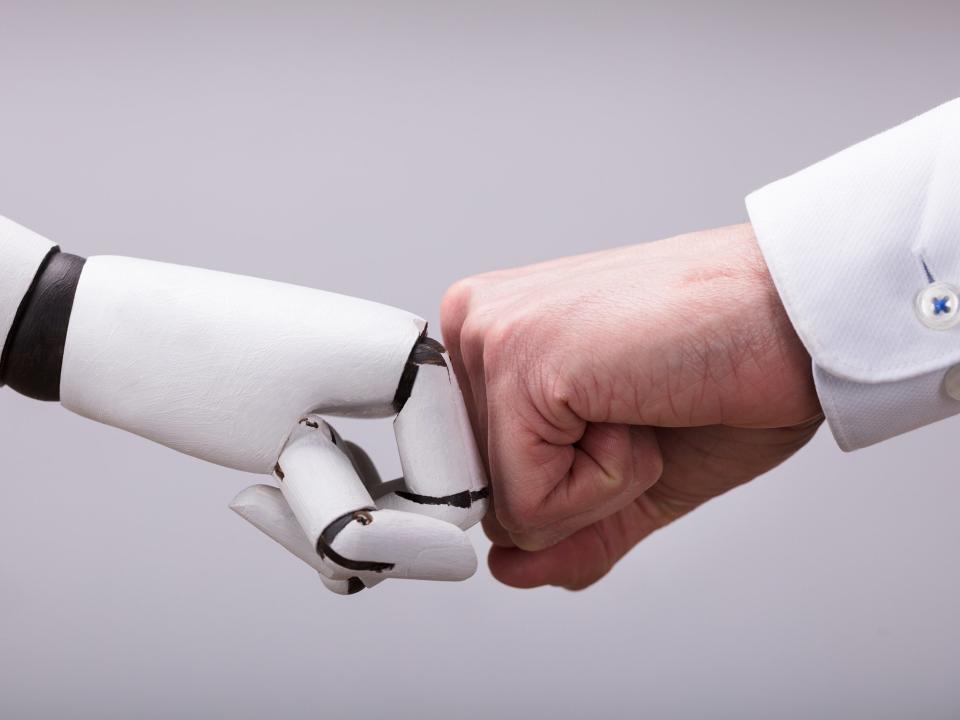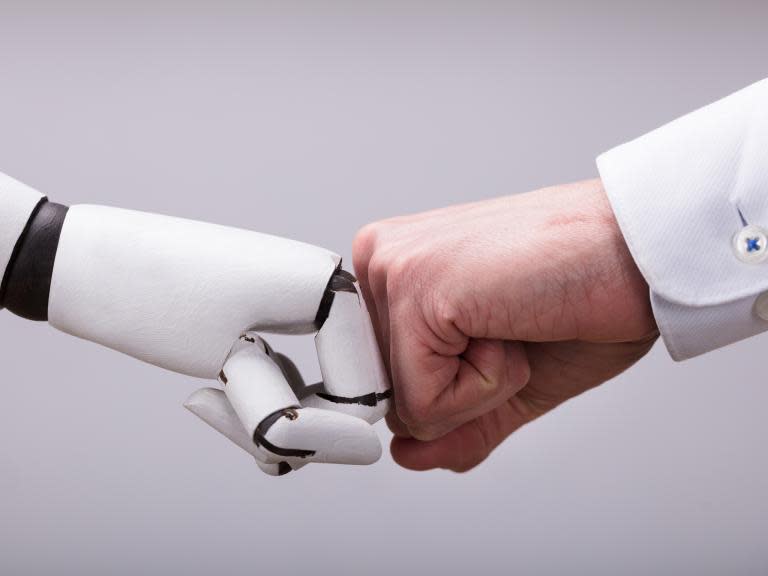Women much more likely than men to lose job to robot or computer, government analysis shows
Women in the UK are considerably more likely than men to be working in jobs endangered by the advance of technology, the national statistics office has announced.
The Office for National Statistics (ONS) said 1.5 million people in England are at high risk of losing their jobs to automation – with women holding more than 70 per cent of those roles believed to be at high risk.
The three occupations with the highest probability of automation were found to be waiters and waitresses, shelf-stackers and basic retail roles - all of which are low-skilled or routine.
However, well-educated women were also found to be more at risk than men.
“Even among degree-educated workers, three in four men are in jobs at low risk of automation, while only six in 10 women are,” said the Resolution Foundation, a think tank which aims to improve the living standards of low and middle-income families.
The ONS analysed the jobs of 20 million people in 2017 and found 7.4 per cent of these were at high risk of being replaced.
It defines automation as tasks currently performed by workers being replaced with technology. This could mean computer programmes, algorithms, or robots.
Young people also faced a bigger challenge with more than 15 per cent of 20-year-olds at high risk of losing their jobs to automation. However, the threat waned as their careers progressed.
“Workers naturally obtain further skills and become more knowledgeable in their field as they progress further in their careers,” the ONS said.
The three occupations at the lowest risk of automation were said to be medics and teachers or lecturers in senior roles.
"It is not so much that robots are taking over, but that routine and repetitive tasks can be carried out more quickly and efficiently by an algorithm written by a human, or a machine designed for one specific function," the ONS said.
They say there are fewer jobs at risk of automation now than was thought in 2011 – the figure has dropped from 8.1 per cent to 7.4 per cent – but the proportion of jobs at low and medium risk of automation has increased.
Reasons for the decrease are unclear, but it is possible that automation of some jobs has already happened, such as supermarket self-checkouts, the ONS said.
Sharon Graham, executive officer for the Unite union, said: “We must not and will not sit back and wait for new technology to be imposed, especially when it is putting workers' livelihoods at risk.
”New technology is going to generate a lot of wealth. We will fight to make sure this wealth is used to do things that help workers and their families, such as reducing working time without loss of pay.
“Automation needs to deliver for ordinary people, not just make bigger profits for corporations. We need a radical response to the new realities of the labour market.“
A shorter working week without loss of pay could help workers stay in work when new technology reduces the number of tasks that need to be carried out by people, she said.
The areas of England with the lowest risk of jobs being automated in 2017 were said to include Camden in London, Three Rivers in Hertfordshire, and Oxford, while the highest risk was in Tamworth in Staffordshire, Rutland, and South Holland in Lincolnshire.
Shadow chancellor John McDonnell said: ”The workers most at risk from automation are the same workers already badly hit by austerity.
“Workers and trade unions should take charge of the changing economy, not be its casualties. The next Labour government will be on the side of workers and our planet, ushering in a green industrial revolution.“

 Yahoo News
Yahoo News 
